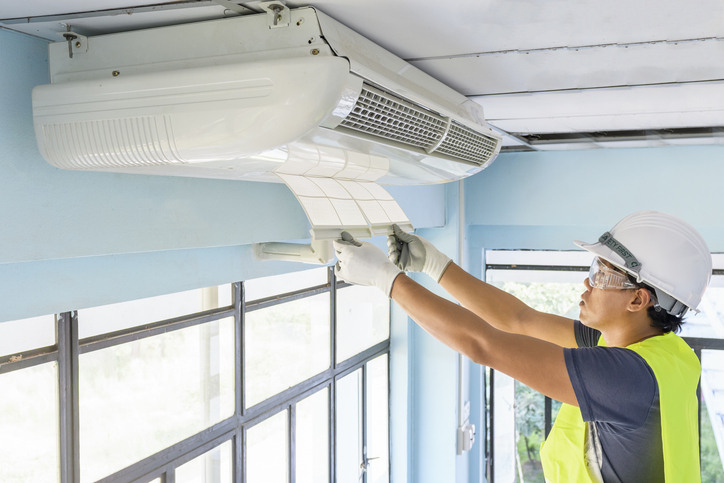
How to Prepare Your HVAC System for Dust Storms
What is the impact of Arizona dust storms on HVAC systems?
Arizona’s infamous dust storms, also called haboobs, are more than just a visual nuisance. These fast-moving walls of dust and debris can clog filters, damage outdoor units, and reduce indoor air quality in minutes. That is why many homeowners search for how to prepare your HVAC system for dust storms. The goal is to protect both your equipment and your health before and after the storm hits.
How can you protect your outdoor HVAC unit before a dust storm?
The outdoor condenser unit is especially vulnerable. Before a dust storm rolls in, turn off your system and cover the condenser with a breathable protective cover. Never use a plastic tarp or anything airtight, as that can trap moisture and cause corrosion. Learning how to prepare your HVAC system for dust storms includes knowing how to secure your outdoor components without creating other risks.
What should you do with your HVAC system during a dust storm?
Once the dust starts moving, keep your HVAC system off to prevent pulling debris into the ducts and filters. Closing all windows and doors is not enough if the system is still running. One of the key strategies in how to prepare your HVAC system for dust storms is to avoid cycling air during the storm itself. It prevents dirt from being pulled into the system and spreading throughout your home.
How soon should you check your HVAC filters after a dust storm?
Immediately after the storm passes, inspect and replace your air filters. Dust storms fill the air with fine particles that get caught in your system’s filters, reducing airflow and efficiency. For families who frequently search how to prepare your HVAC system for dust storms, changing filters is often the first and most important step after the skies clear.
Can a dust storm affect your indoor air quality even with a clean filter?
Unfortunately, yes. Dust can bypass older or low-grade filters, especially if your ductwork is leaky or the system was running during the storm. Upgrading to a high-efficiency filter and sealing duct leaks is one of the best answers to how to prepare your HVAC system for dust storms. It keeps airborne particles from settling in your vents and circulating through your home long after the storm is over.
What preventative maintenance can reduce dust storm damage?
Scheduling seasonal tune-ups is one of the smartest ways to prepare for storm season. During these visits, your HVAC technician can clean coils, check seals, inspect ductwork, and ensure your system is in top shape to handle dust-related stress. Preventative service is one of the most overlooked aspects of how to prepare your HVAC system for dust storms, but it can extend the life of your unit and prevent mid-summer breakdowns.
What are signs of HVAC damage after a dust storm?
If your system seems louder, less efficient, or is blowing warmer air after a storm, it may have pulled in more debris than expected. A spike in energy bills or persistent odors could also point to internal damage or contamination. Homeowners who understand how to prepare your HVAC system for dust storms also know how important it is to schedule a post-storm inspection if anything seems off.
Why trust McMillin Air for dust storm HVAC protection?
McMillin Air provides fast, expert HVAC support before and after Arizona’s dust storms. Our technicians are trained to handle storm-related issues from clogged filters to system cleanouts and damage prevention. If you’re not sure how to prepare your HVAC system for dust storms, give us a call. We can help you stay ahead of the next haboob and keep your system running strong through it all.


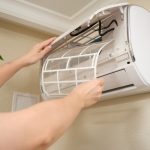
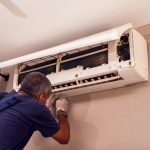
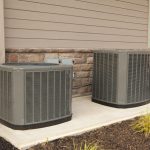
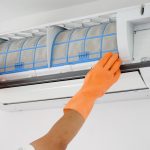


0 comments